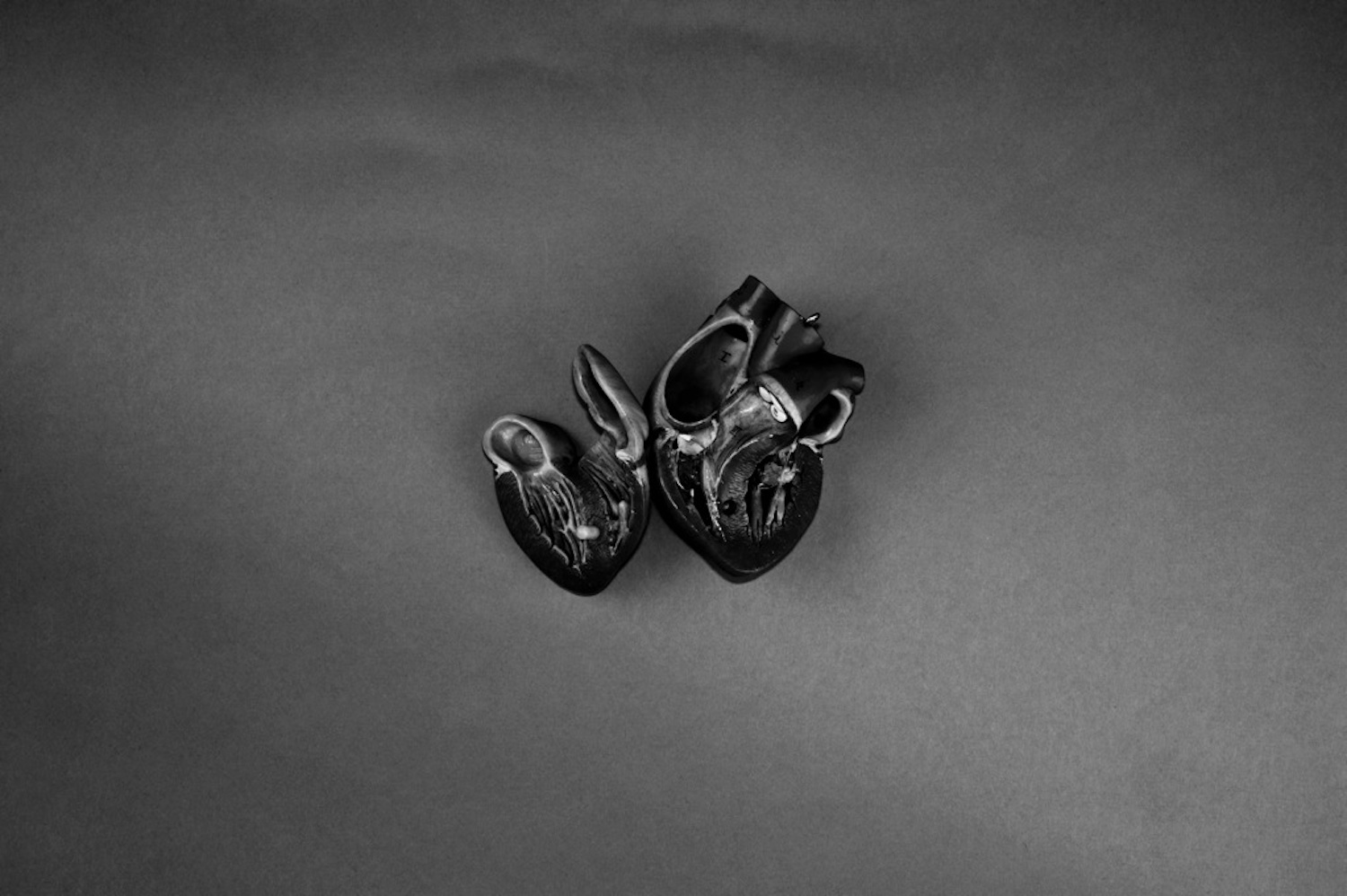Medical photographer Steven Kenny explores the camera as a surgical tool, to deconstruct and manage death.
Photography has an extensive history and relationship with the documentation of dissection, cadavers and the operating theatre. Within nineteenth century medical education, the practice of dissection was one of the only instances whereby students gathered to collectively learn and disseminate human anatomy. So important this experience was thought to be, the camera was invited to record the event, “As photography became increasingly accessible during the 1880s and 1890s, medical students across America gathered around ‘their’ cadavers and posed for group portraits.” (Harley Warner, 2009:7). Such imagery seems peculiar to view today, questioning the ethics of dignity and the relationship of the surgeon to the dead.
As Harley Warner (2009:9) suggests, “Students tended to forget that the cadaver was more than an object.” And this sentiment seems to have been realised in the captured and staged photography of dissection, the body a prop for a compelling scene. This constructed image simulates the historical tableaux painting of the operating theatre, such as ‘The Anatomy Lesson of Dr. Nicolaes Tulp’ (1632) by Rembrandt van Rijn; hands are positioned, facial expressions stimulated and eyes directed. The body of death lays bare, physically opened to be examined and, as such, the act of dissection seems to allude to an attempted control of death. This authoritative act carriers over to the camera, itself a surgical tool to deconstruct and manage death. Reoccurring motifs of the dissection photograph include “scalpels and saws wielded as props” (Harley Warner, 2009:13), and yet the camera has been limited to exhibiting the act of surgery, each photograph a constructed recreation of an event passed. These suggestive medical photographs thus amount to little more than portraits of the living and dead, the actuality of dissection concealed from the spectator’s view. This is in direct contrast to contemporary medical photography whereby the act of dissection is recorded live, a documentary practice of constructing visual narratives in the midst of real surgical actions.
Contemporary art practice has explicitly opened the body for surgery and dissection, such as the surgical-performance work of Orlan, transmitting imagery of the operating room via live channels and capturing the process through photography. The practice of surgery is now a public commodity, spectators are able to consume imagery from the operating room through televised programmes and horror films i.e. American Mary (2012) and Anatomie (2000). Yet the body has also been figuratively dissected through performative actions, such as the work of artist Dr. Martin O’Brien who suffers/endures the chronic illness of cystic fibrosis. His work Mucus Factory (2011-2013) pictorially situates the body on a clinical couch surrounded by specimen jars, the performance: extracting mucus and clearing the body’s airways. Interior substances are removed from the body, becoming a catalyst for abjection. In much the same manner as early public surgical events, spectators are thrust into the picture of dissection, a consuming public feeding off of the body in a process of intervention and repair.
The modern operating room is a peculiar space, an assortment of areas both sterile and not. It is an environment removed from the public conscious, a room of blood, guts and stitches. Within this institution, our sense of tactile pleasure is lost. Nothing can be touched, the body in this room is a figure of pollution, contagion and contamination, “Nothing is allowed during an operation which will jeopardize the patient’s chance of full and complete recovery.” (Smialowski and Currie, 1960:116). The surgeon and scrub nurse must only handle sterilised operating room equipment; these instruments, far removed from human contact, will tear flesh, extract organs and repair ruptures. The body is alive; an awareness that it eats and breathes looms horrifyingly into recognition. This is terrifyingly imagined in John Carpenter’s The Thing (1982), the torso of an operating room body tearing open to reveal a monstrous cavity with sharpened teeth, biting down and consuming both arms of the film’s biologist.
The medical photographer is an outsider, a foreign object oscillating between people both conscious and not. He decapitates bodies with his selection of framing. Attempting to be the eyes of the surgeon, he confidently attacks the clinician’s position, fighting for space. Moving from the shadows into the surgical light, he is an anomaly wanting to capture the flesh. Yet he is a body much appreciated by the surgeon, for he records his handiwork, proving the event has happened. As suggested by Smialowski and Currie (1960:116), “Photography of rare or unusual conditions or of new or special techniques will be of great value for medical publication purposes.”
The medical photographer is a specialised image-maker documenting the process of response to pathological stimuli and its subsequent repair. The surgeon is kept absent from the medical photographer’s imagery, only his hands and equipment occasionally intruding into view. He is a ghost, a presence haunting the scene. The medical photographer’s last image is the body repaired, stitched up from cutting, a final frame to signify life and the flesh made new.
Steven Kenny is a medical photographer for Lewisham & Greenwich NHS Trust
References
American Mary. (2012). Directed by Jen Soska and Sylvia Soska [DVD] USA: American Mary Productions, Evolution Pictures, 430 Productions and Twisted Twins Productions.
Anatomie. (2000). Directed by Stefan Ruzowitzky [DVD] Germarny: Deutsche Columbia TriStar Filmproduktion.
Harley Warner, J. (2009) ‘Witnessing Dissection: Photography, Medicine, and American Culture’ in: Harley Warner and Edmonson (eds.) Dissection: Photographs of a Rite of Passage in American Medicine: 1880-1930. U.S.: Blast Books.
Smialowski, Arthur and Currie, Donald J. (1960). Photography in Medicine. Oxford: Blackwell Scientific Publications, Ltd.
The Thing. (1982). Directed by John Carpenter [DVD] USA: Universal Studios.

